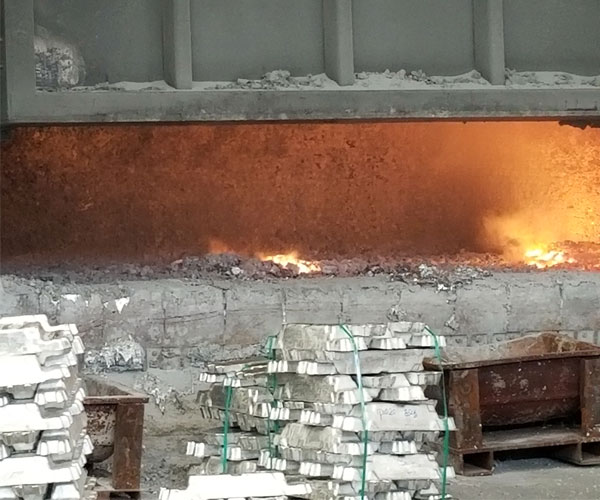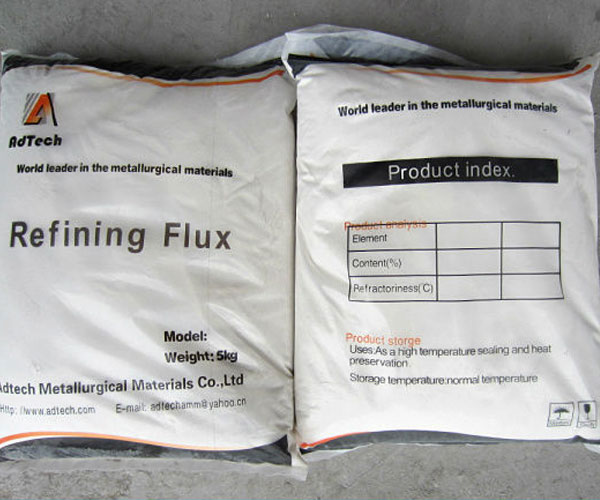AdTech provides a refined flux with high purification efficiency for aluminum or aluminum alloy melt and suitable for rotor injection devices. After the refining agent enters the melt, it can fully diffuse, does not adsorb and agglomerate, and does not block the pores; it has high efficiency in making slag and does not stick to the aluminum melt; even if the flux and the aluminum melt slightly react, the reaction products can be removed together with the slag. Refined flux has high degassing and slag removal efficiency.
The quality of aluminum or aluminum alloy castings is determined by the degree of purification of the melt. The goal of melt purification is to remove the gas and non-metallic inclusions in the melt as much as possible, thereby reducing various metallurgical defects such as porosity, pores, and inclusions in the casting, improving the mechanical properties of the casting, or creating for the subsequent processing of the casting billet condition. Traditional melt purification treatment separates the degassing process from the slag removal process, and the purification capacity of this method is limited. Combining a variety of melt purification technologies can greatly improve the purification ability of aluminum alloy melts.
The on-line aluminum melt purification treatment outside the furnace is a purification method outside the furnace that simultaneously injects the refining flux with inert gas. This method has become an important direction for the attention and development of the aluminum alloy industry. Among them, the refining flux mainly removes alumina inclusions and can also have the function of degassing. The main function of inert gas is to degas, and it can also bring the non-metallic inclusions adsorbed by the flux to the surface of the melt. Together, the two can achieve the goal of efficient degassing and slag removal.

Higher requirements on the refined flux
1) The flux cannot block the delivery pipe of the blowing mechanism.
2) The flux must be fully diffused after entering the melt, and it cannot be adsorbed and deposited at the outlet of the rotor to reduce the flow of gas and flux, or even block the outlet.
3) It has the ability to efficiently dry slag, does not stick to the aluminum melt, nor does it adhere to the furnace wall.
4) Even if the flux reacts slightly with the aluminum melt, the reaction products should be removed together with the slag.
5) The amount of KCl should be minimized to facilitate the recycling of aluminum-containing slag.

